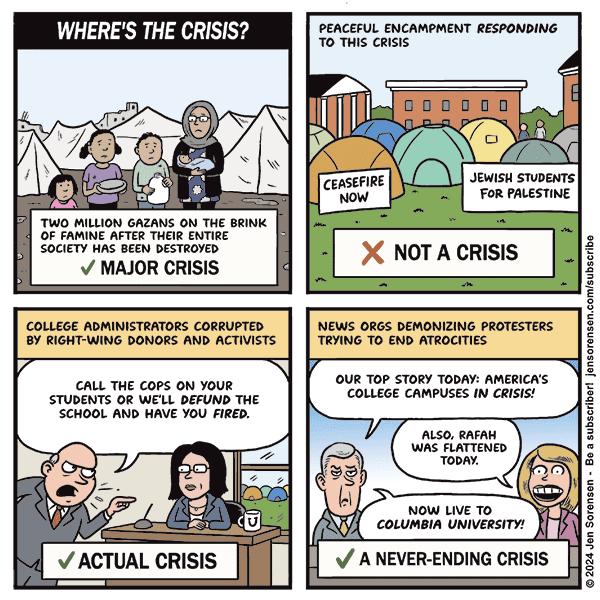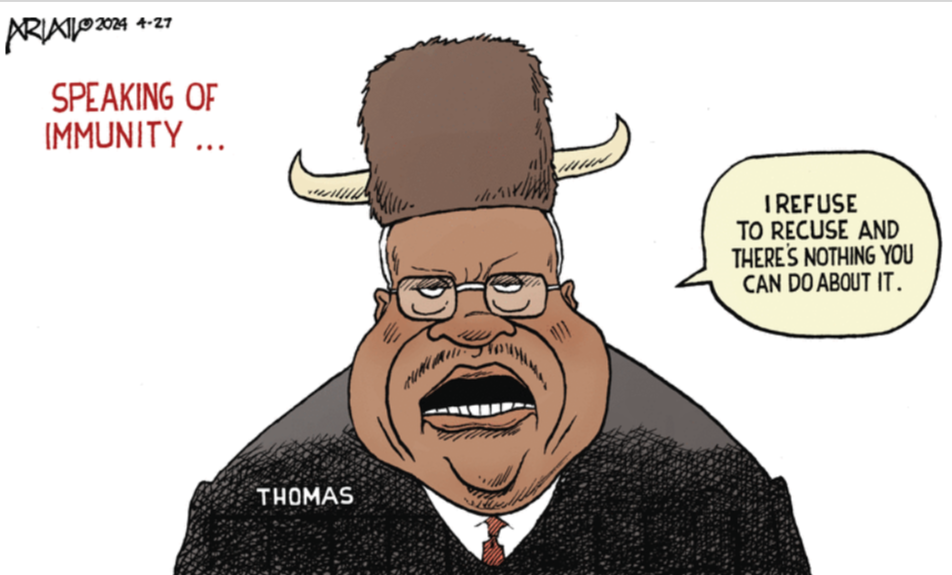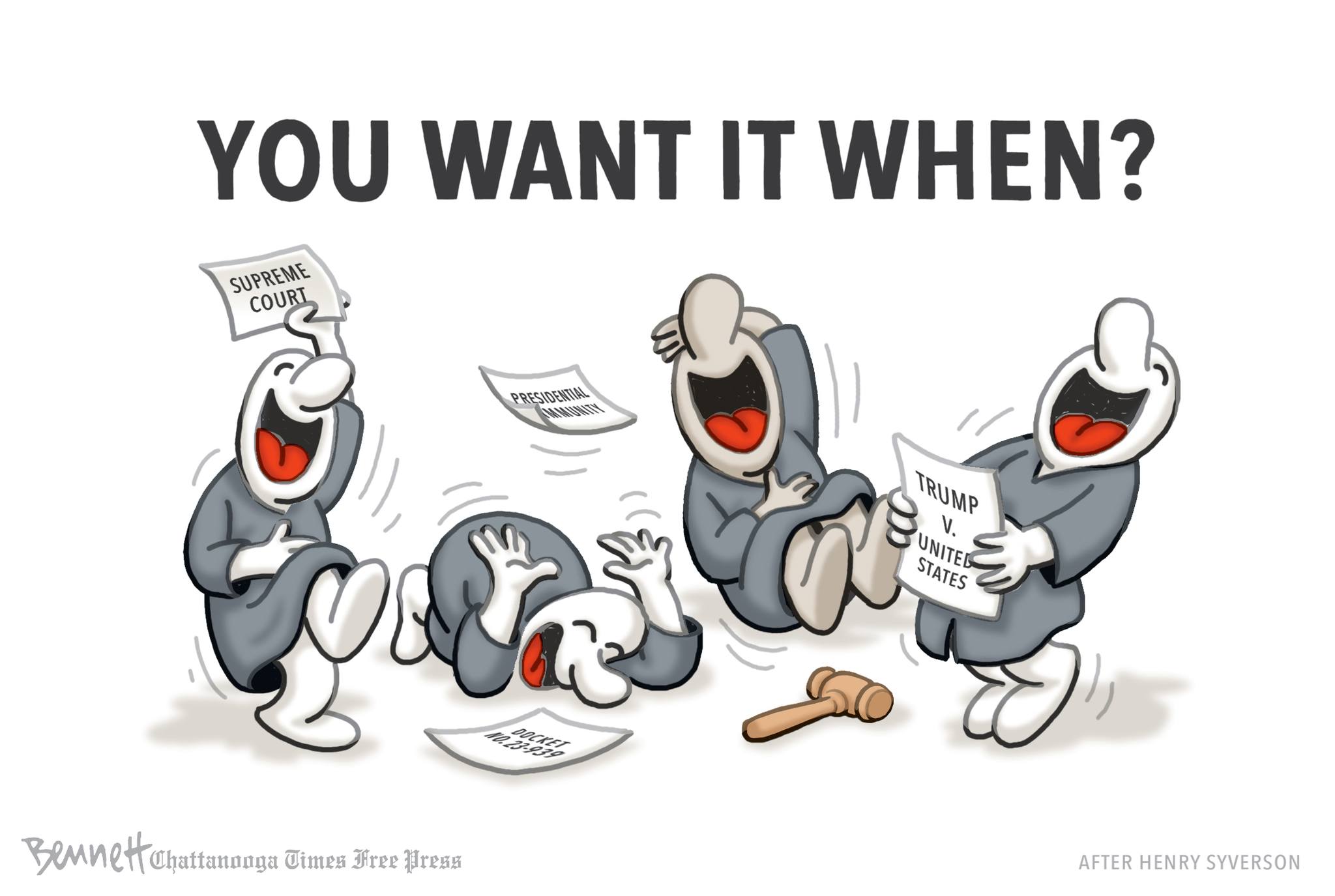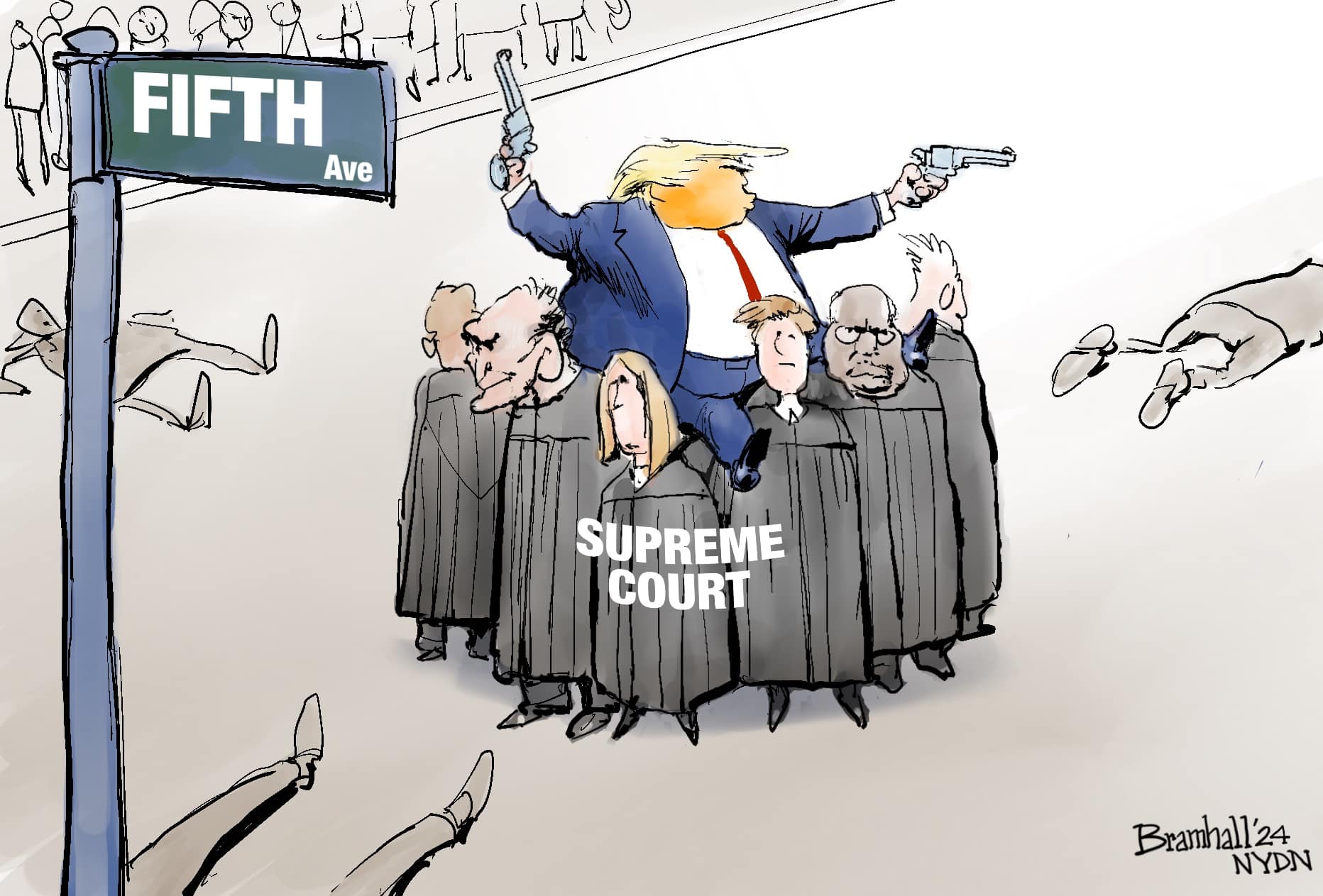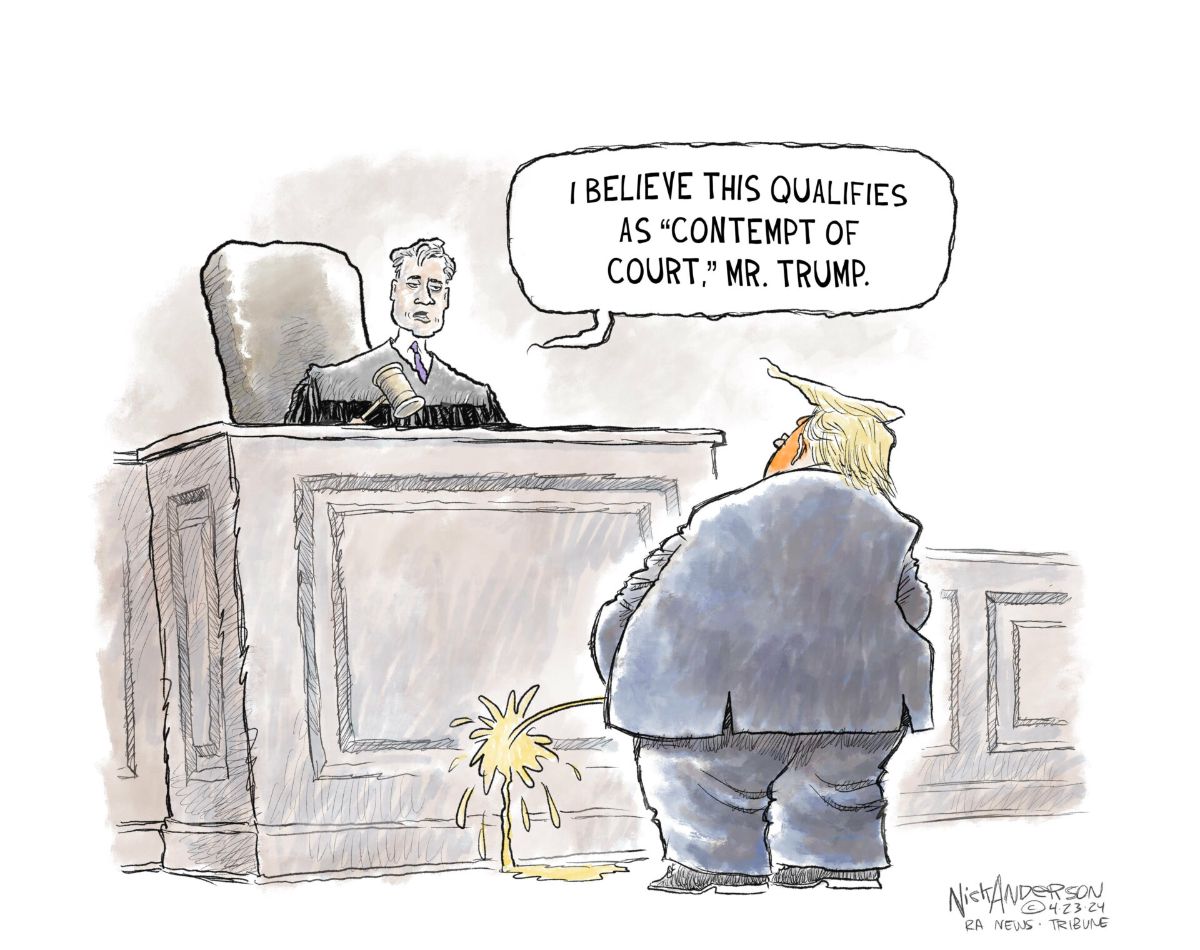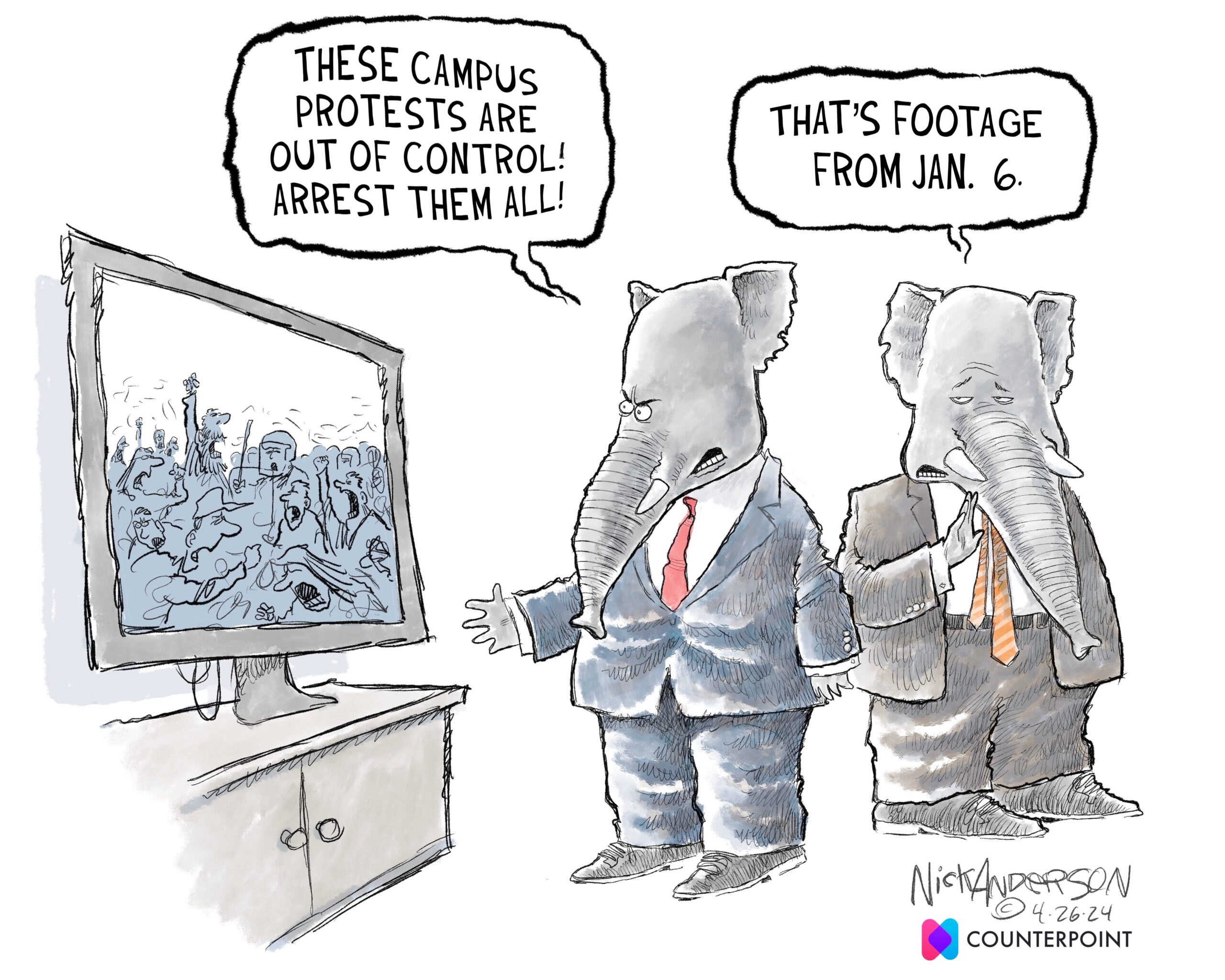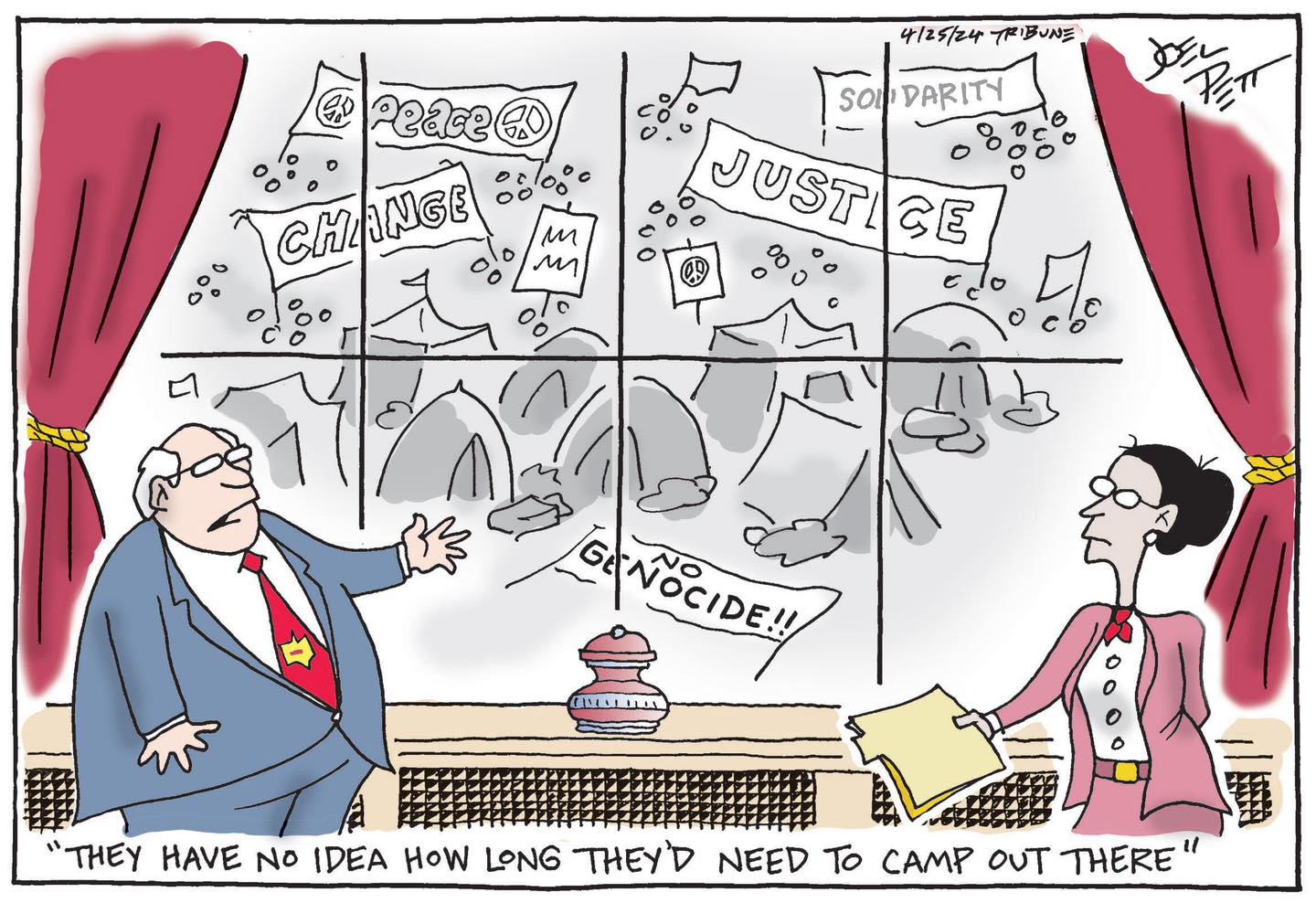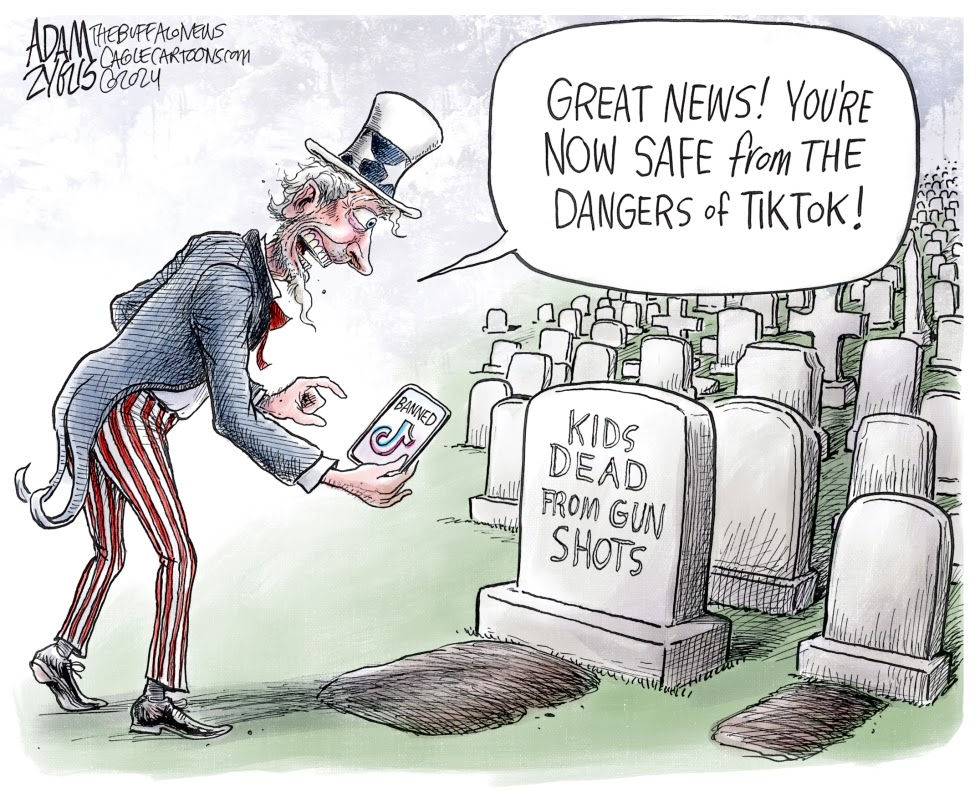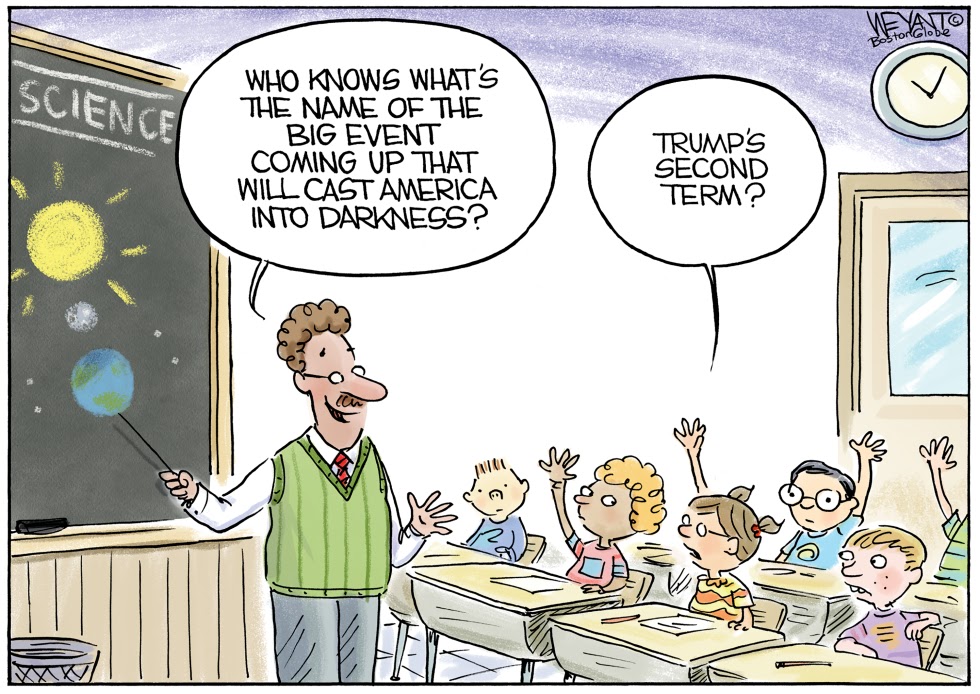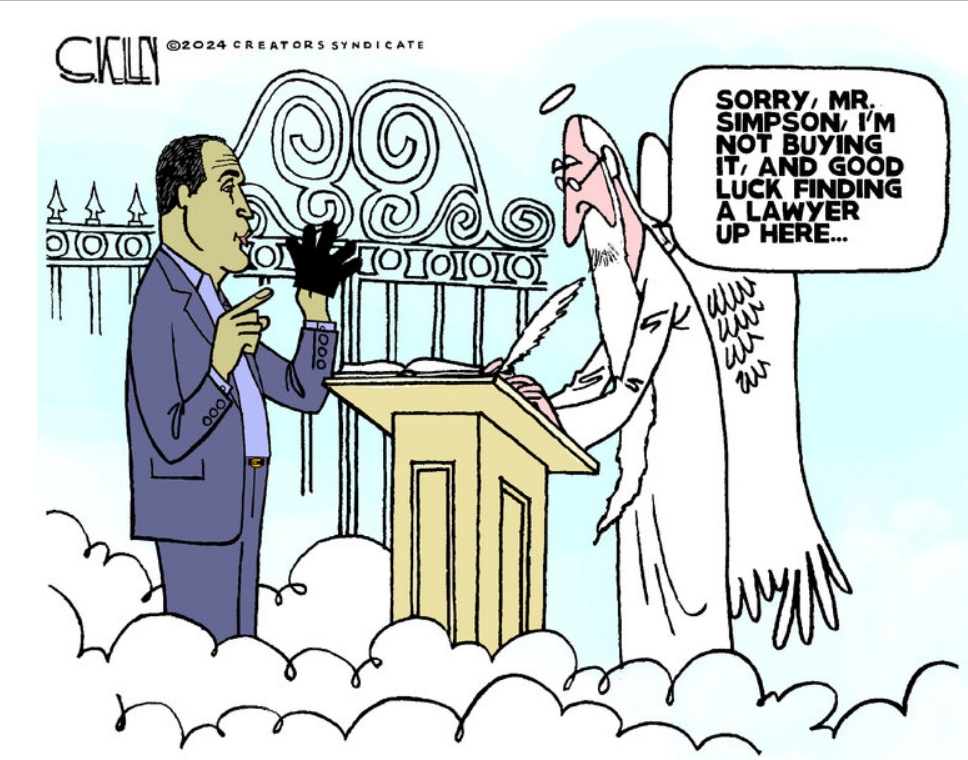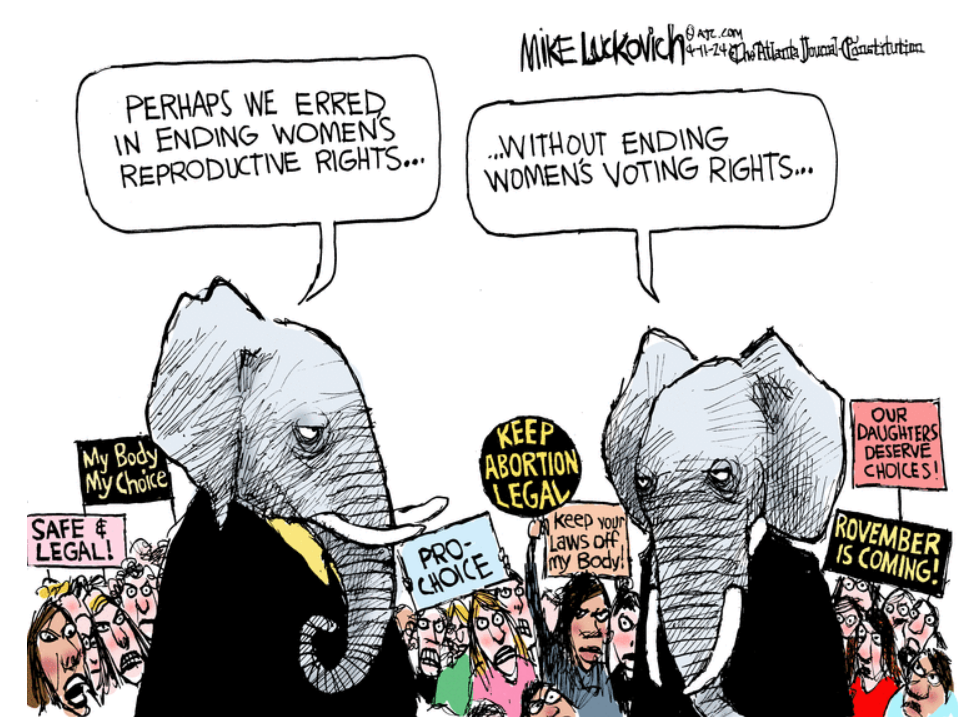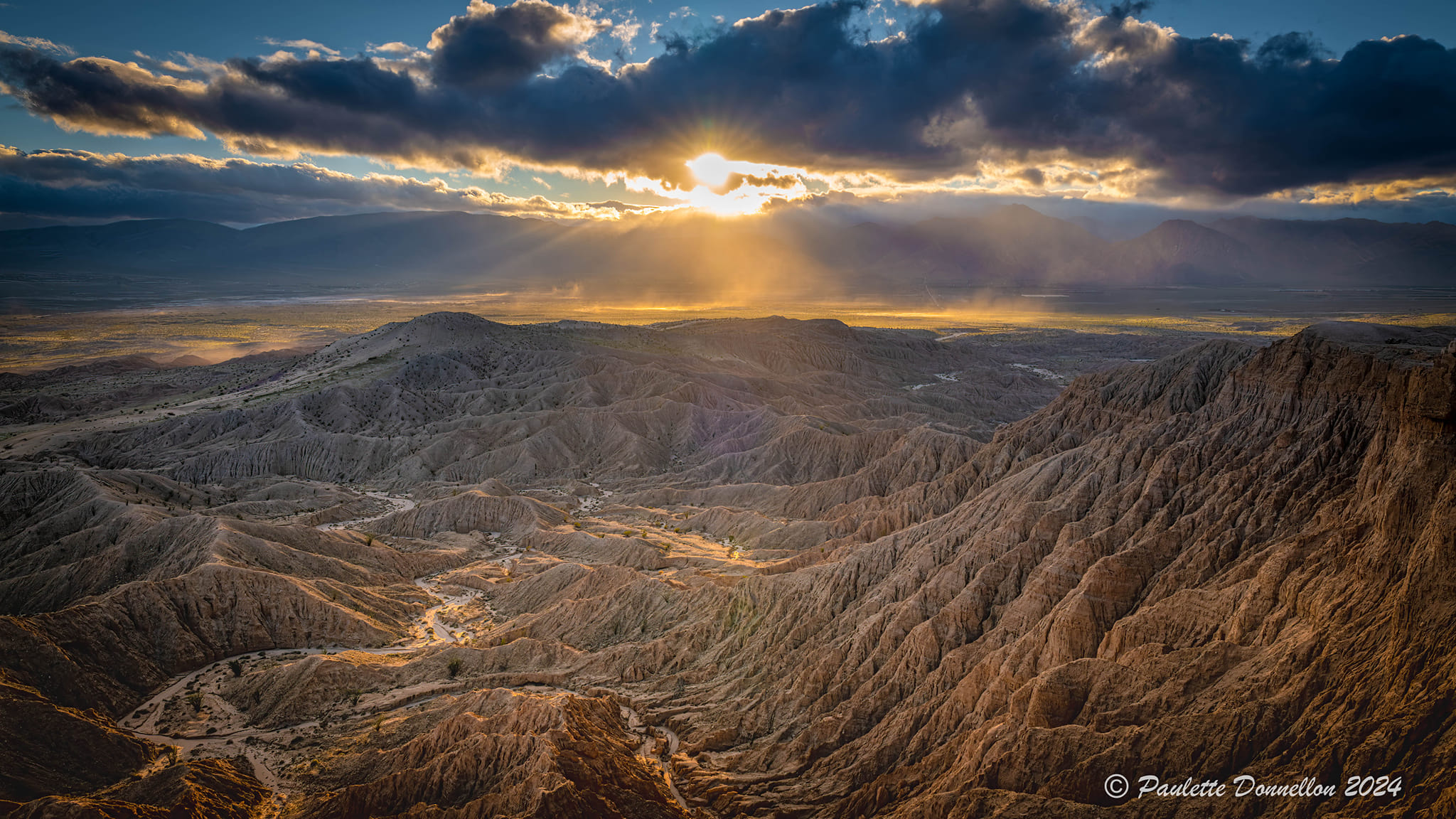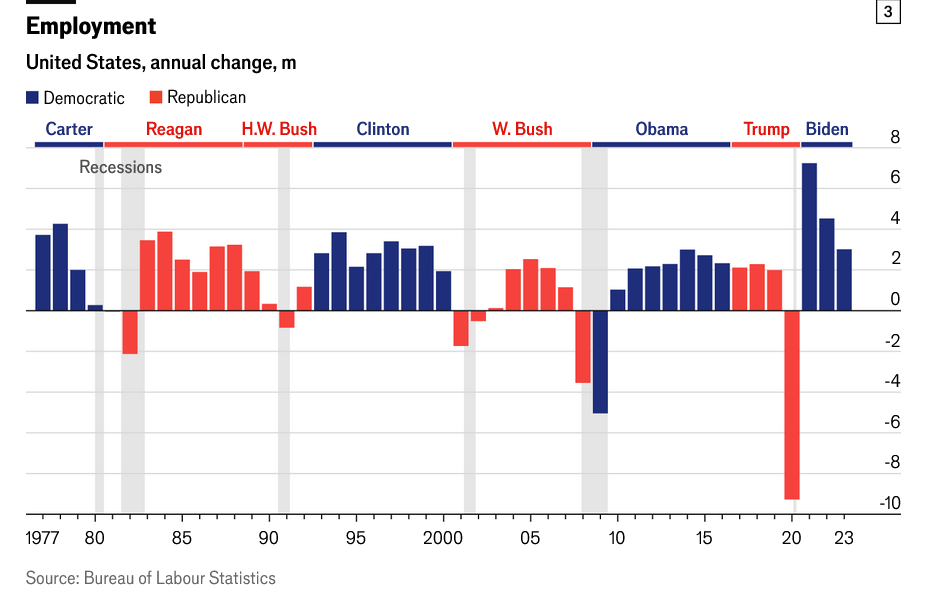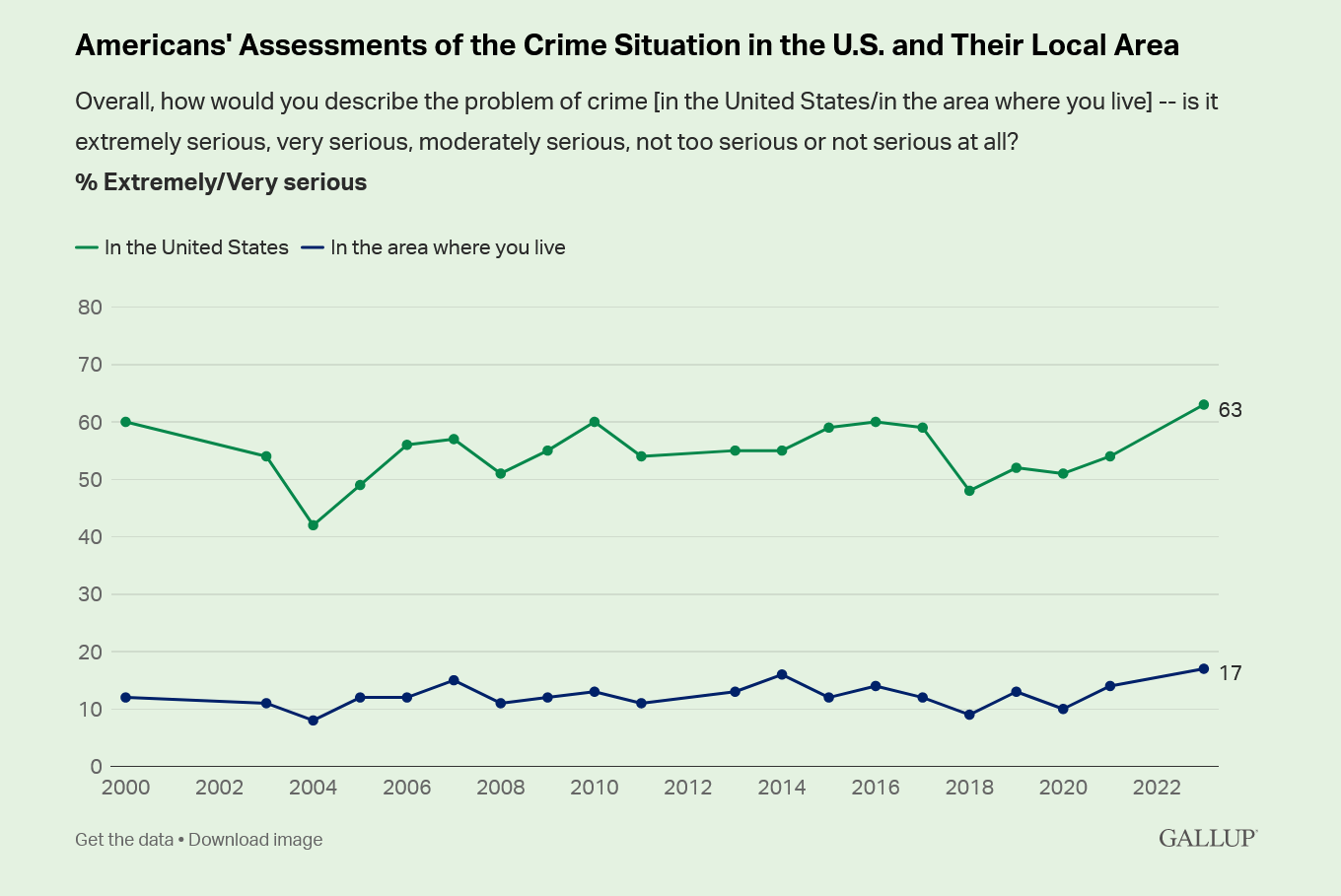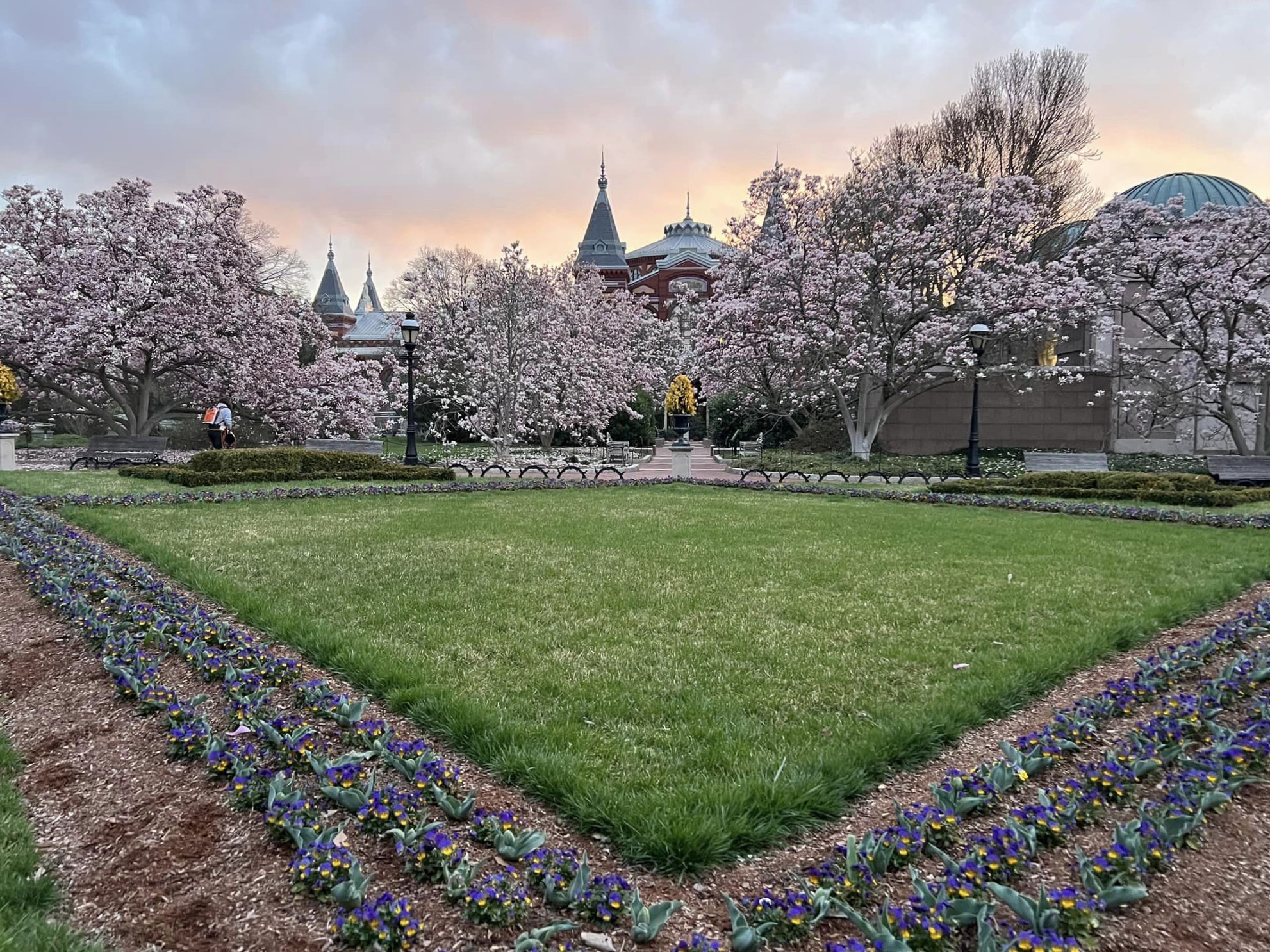The Daily Escape:
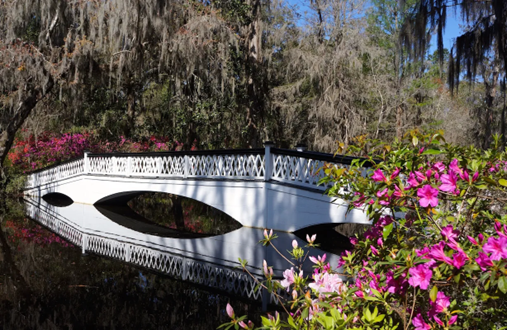
Footbridge, Magnolia Plantation, Charleston, SC – photo via itstartedoutdoors
Wrongo and Ms. Right are back at the Mansion of Wrong after a 16-day trip to visit siblings. One feature of the trip was that we didn’t watch TV, read newspapers, or visit social media during in the entire visit. We experienced withdrawal, but we felt refreshed by the time we returned home. Highly recommended.
We stayed in three cities, Gettysburg, PA, St. Augustine, FL and Charleston, SC. These cities are a kind of throughline in that they each represent a snapshot of America’s past with slavery, and the efforts of modern-day citizens to place the good and bad of that past into a current context.
Let’s spend a few moments talking about each city. St. Augustine has been a part of the Wrong family history since the early 1970s, when Wrongo’s parents and his sister and her husband moved there. It was founded in 1565 by the Spanish and is the oldest continuously occupied settlement of European origin in the US.
The enslavement of Black people in the Americas is a large part of St. Augustine’s history. The Spanish had no moral issue with using slaves to build the city and its fortifications. For three centuries after its founding in the late 16th century, most Black residents of St. Augustine were enslaved. Thirty Spanish crown slaves arrived in St. Augustine in 1582 from Cuba. They were sent to carry timber for the constant rebuilding of forts. Around 1672, Spanish royal slaves were transferred from Mexico to work on the building of the masonry fortress, Castillo de San Marcos, which still stands in the center of town.
There is much more information about the role of slaves in St. Augustine here.
In 1670 English colonists established the colony of South Carolina and the town of Charleston (Charles Towne) about 300 miles north of St. Augustine. Almost immediately, slaves began to escape from British Carolina to Florida with the hope of finding freedom with the Spanish. Those who reached St. Augustine were baptized as Catholics but weren’t freed.
In the middle of the 20th century, St. Augustine’s Black residents were still being denied the vote, they were barred from Whites-only public accommodations, and their children forced to attend segregated schools. St. Augustine was like many other towns and cities in the US with racial restrictions. MLK Jr. was arrested in St. Augustine in 1964 while trying to integrate a motel’s restaurant.
On to South Carolina. Despite the aesthetics of the above photo, Magnolia Plantation also has a deep-rooted history in slavery. The major crop of the Plantation was rice, and it was home to many enslaved families from 1850 until the late 20th century. Today, the plantation does a nice job of placing slavery in a modern context through a 45-minute “From Slavery to Freedom” tour where docents speak about the people who were forced to live and work on the property.
The Plantation’s main house was destroyed three times, including once by General Sherman’s troops. Each time it was rebuilt with slave labor.
Charleston’s significance in American history is closely tied to its role as a major slave trading port. During the African slave trade, South Carolina received more slaves than any other mainland colony. As many as 260,000 enslaved Africans entered South Carolina from 1670 to 1808, almost one-half of slaves imported to the US.
Most of those slaves disembarked at Gadsden’s Wharf, located on Charleston’s Cooper River. The wharf complex was built by Christopher Gadsden, a prosperous merchant who is known today for having designed the “Don’t Tread on Me” flag. Gadsden’s Wharf was the largest in North America, able to berth six ships at once and the capacity to hold up to 1,000 slaves on land.
The plantations and an economy based on slavery made Charleston the wealthiest city of the original Thirteen Colonies. In 1770, the city had 11,000 inhabitants (half of them slaves). It was the 4th-largest port in the colonies, after Boston, New York, and Philadelphia.
In 2018, the city formally apologized for its role in the American slave trade. Today the city has an International African American Museum, sited at the original location of Gadsden’s Wharf, now part of an ancestral garden. Black granite walls mark the outline of a former storage house where enslaved humans perished awaiting their transport to the slave market. The walls are emblazoned with lines of Maya Angelou’s poem, “And Still I Rise”:
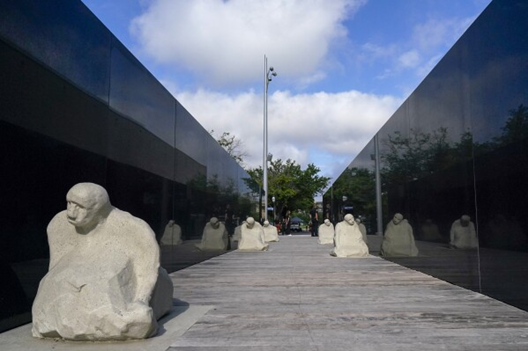
Today the very idea of Black people’s survival through slavery, racial apartheid and economic oppression being a quintessential part of the American story is being challenged by Conservative politicians throughout the US. Bans or limits on instruction about slavery and systemic racism have been enacted in at least 16 states since 2021. That list includes South Carolina.
But, given that context, Charleston offers an invitation to dialogue and discovery. And there can be no better site for a museum dedicated to that purpose.
Finally, consider Gettysburg, the site of the most famous battle of the US Civil War. The battle was fought from July 1 to July 3, 1863. After Lee’s great victory over the Union army at Chancellorsville, he marched his Army of Northern Virginia into Pennsylvania in late June 1863. On July 1, the advancing Confederates clashed with the Union’s Army of the Potomac, commanded by General George G. Meade, in Gettysburg. The next day saw even heavier fighting, as the Confederates attacked the Federals on both left and right. On July 3, Lee ordered an attack by 15,000 troops on the enemy’s center at Cemetery Ridge. “Pickett’s Charge” eventually failed at the cost of thousands of rebel casualties.
Lee was forced to withdraw toward Virginia on July 4. Following the nearly simultaneous Union victories of July 1863 at Vicksburg, MS and Gettysburg, PA., Grant’s victory in Chattanooga tightened the noose on the Confederacy, opening the door to Sherman’s march to the sea in 1864 and the end of the Confederacy.
The war ended and Lincoln was assassinated. But the effects of slavery remain, as does our seeming inability to leave the divisions of the 1800s behind us. It’s possible to look at the entire history of the postbellum South as a long struggle over whether American Blacks really are equal in the eyes of the White Working Class. This shows in the continuing debate in the South over whether to embrace or resist becoming more like the rest of the country.
NPR has a report on historical markers. There are more than 180,000 of them across the US:
“Across the South, markers honor notable men and notable houses without mentioning the forced, free labor that made both the homes and the men’s wealth possible. NPR found that nearly 70% of markers that mention plantations do not mention slavery.”
That wasn’t true at the Magnolia Plantation on Wrongo’s visit.
NPR’s analysis showed more than 500 markers describe the Confederacy in glowing terms, vilify the Union, falsify the reasons for the war or recast Confederate soldiers as the war’s true heroes. At least 65 markers appear to promote the Lost Cause, which claims that Black people enjoyed being enslaved.
As Faulkner said: “The past is never dead. It’s not even past.”
How we tell the American story will always be subject to an ongoing debate. Despite the reluctance of some in the South to be willing to leaving the past behind, there are plenty of new Southerners who have relocated from the North and West who are trying in hard to be Southern paradigm-shifters.
Great trip.




 The media’s lopsided reporting:
The media’s lopsided reporting: